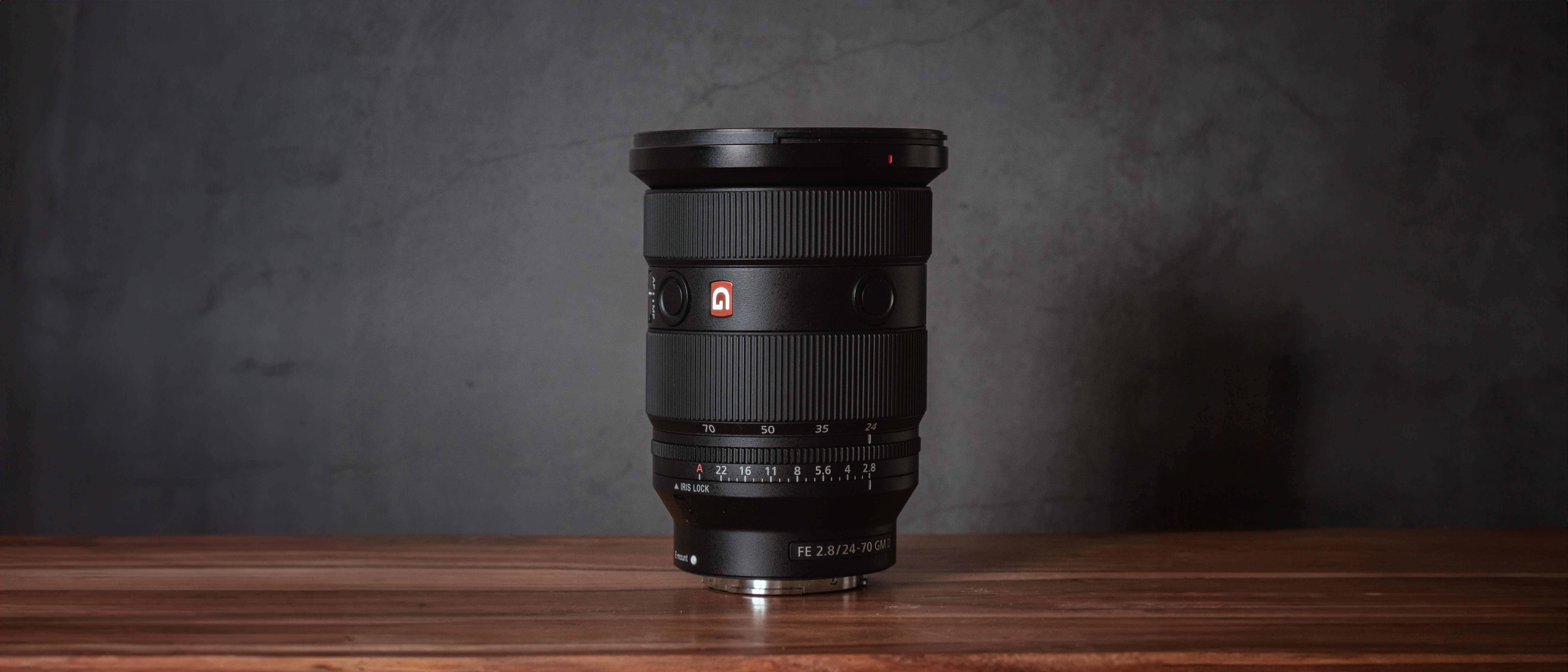Space Verdict
A truly fantastic lens that will suit everyone. It's sharp, bright and produces stunning images. It makes for a great all-rounder lens and would sit pride of place in any photographer's kit bag.
Pros
- +
Smaller and lighter than its predecessor
- +
Beautiful bokeh
- +
Sharp images with realistic color accuracy
- +
Impressive subject tracking overall
Cons
- -
No image stabilization
- -
Subject tracking struggled from further away in low light
Why you can trust Space.com
Released in April 2022, the Sony FE 24-70mm f/2.8 GM II became the second lens in Sony's lineup to receive the Mark II treatment (the first one being the Sony FE 70-200mm f/2.8 GM II). This lens is engineered to deliver exceptional image quality, versatility and performance across a wide range of photographic styles, especially when paired with one of the best cameras for photography. With a focal range of 24-70mm, it can cover many different types of photography, like landscapes, portraits, events and even some astrophotography.
This new version has come with a bunch of upgrades over the previous model, and some completely new features. We'll be looking at everything this lens has to offer, and putting it through its paces to see if it's worth the large price tag.
Sony FE 24-70mm f/2.8 GM II lens review
Sony FE 24-70mm f/2.8 GM II: Design
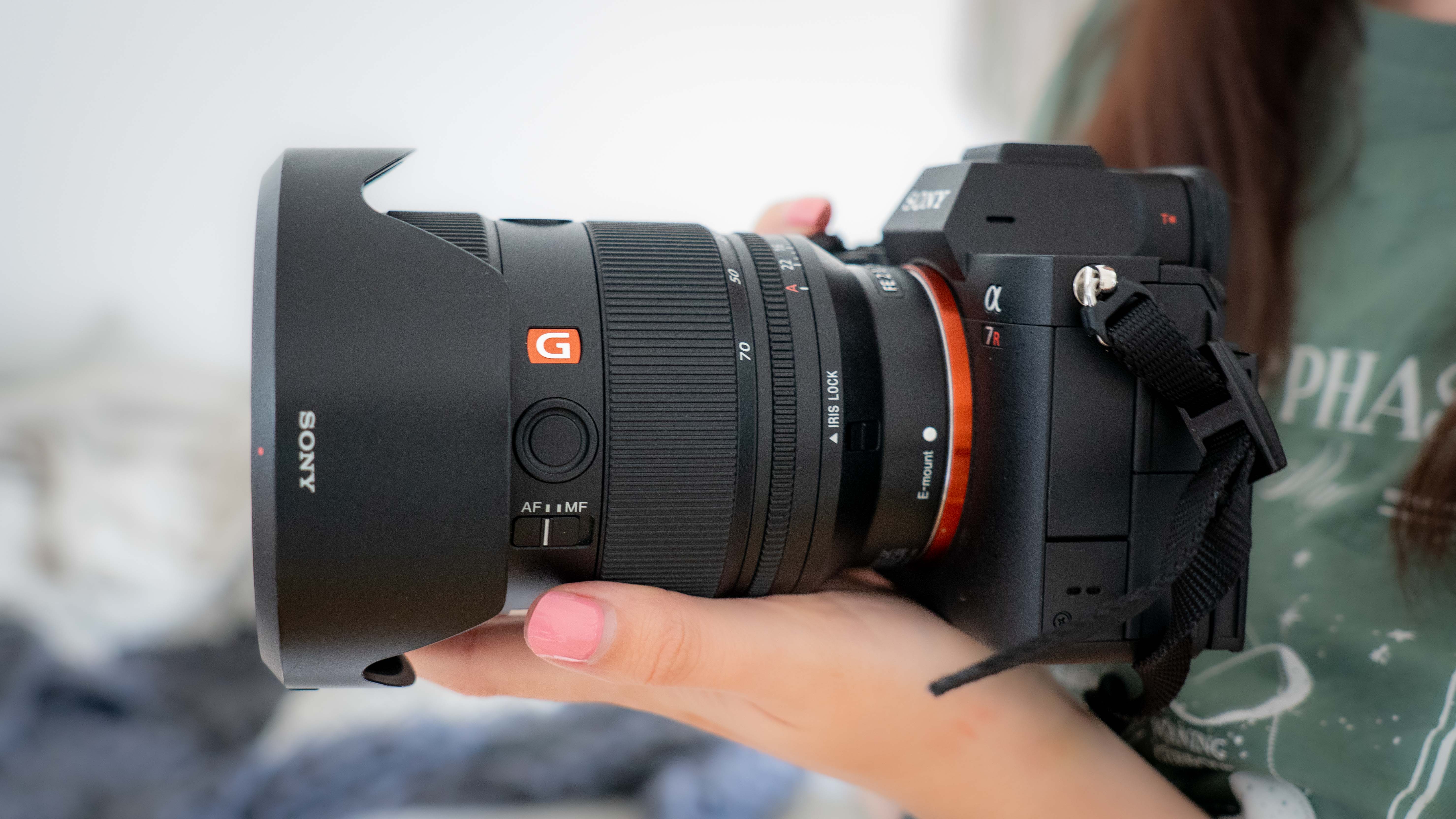
- Over 20% lighter than the original version
- Aperture ring is now on the lens itself
- The lens is 16mm shorter than the previous version
Design-wise, this lens is pretty much what you'd expect from Sony at this point, with a few notable differences building on the original version. For starters, this lens weighs 695g (1.56 lbs), making it 191g lighter than the original version, weighing 886g (1.93 lbs) — that's 21% of the weight lost. It's also 16mm (0.63-inch) shorter, measuring 120mm (4.7-inch). While we can't comment on the difference due to not having reviewed the original version, this updated lens felt comfortable to hold and didn't make the camera feel front-heavy or cumbersome to carry around.
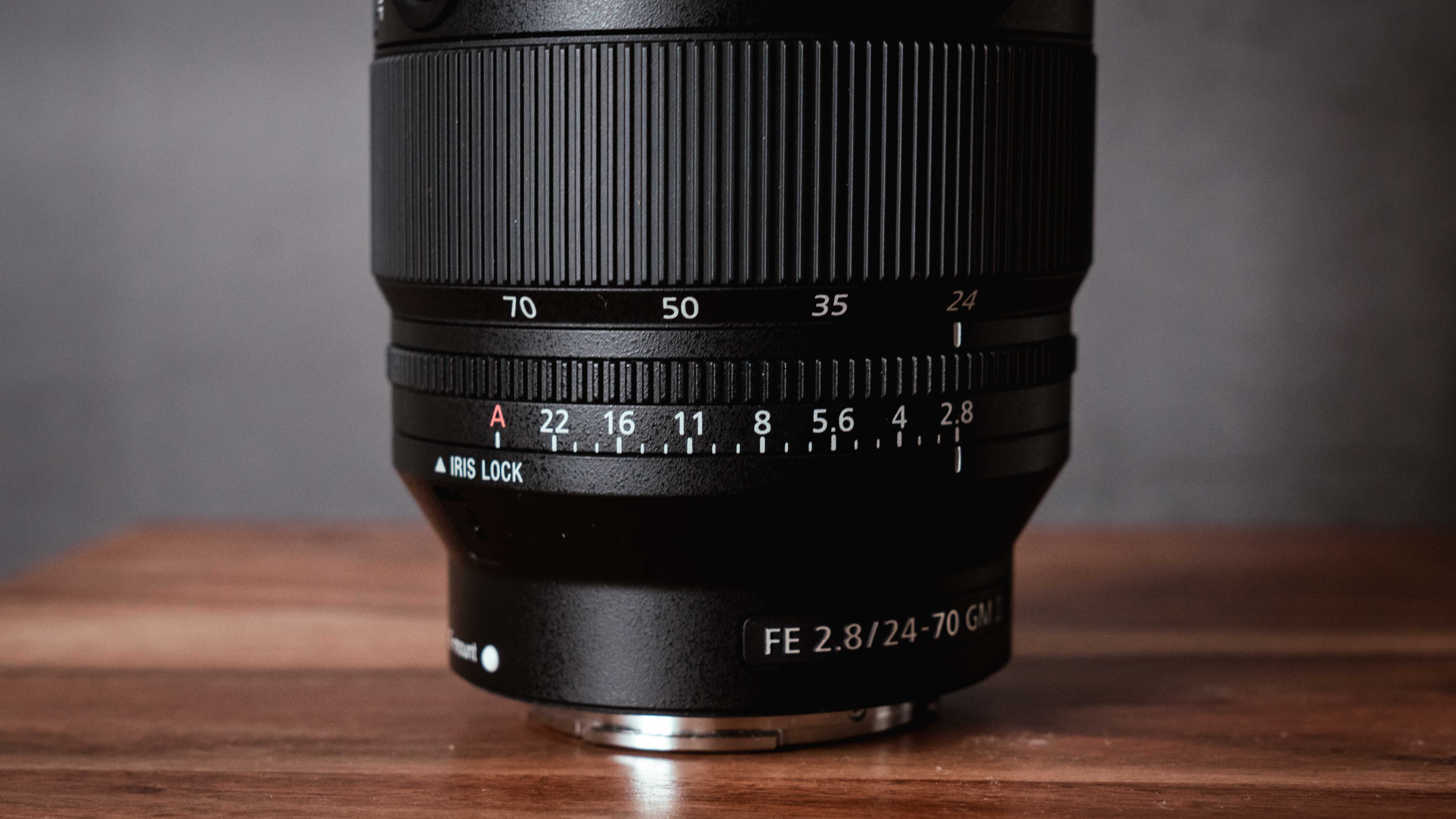
Another new feature worth noting is the inclusion of an aperture ring on the lens itself — this is something we've noticed Sony including more of on their newer lenses. There are pros and cons to this, but it all comes down to personal preference. We liked having a dedicated ring for visual purposes (and the click feature is a dream to autonomous sensory meridian response (ASMR) lovers), but when you're used to using one of the dials on the body to change the aperture, we can see how it could get annoying having to readjust your grip in order to change it on the aperture ring.
Type: Full frame standard zoom
Focal Length: 24-70mm
Aperture: Constant f/2.8
Lens Mount: Sony E
Weight: 1.56 lbs (695g)
Dimensions: 3.46 x 4.7-inches (88 x 120mm)
Filter Thread: 82mm
Release Date: June 2022
They've also included a new 'smooth/tight' switch on the lens, which adjusts the smoothness and tension of the zoom ring. The tight option would be a great tool for videographers who want a slower, more controlled zoom, and the smooth option is great for times when you'd need to adjust the focal length quickly, like for shooting moving objects. Not to look a gift horse in the mouth, but we'd like it if there was some kind of 'middle' option, rather than having to choose between the two extremes.
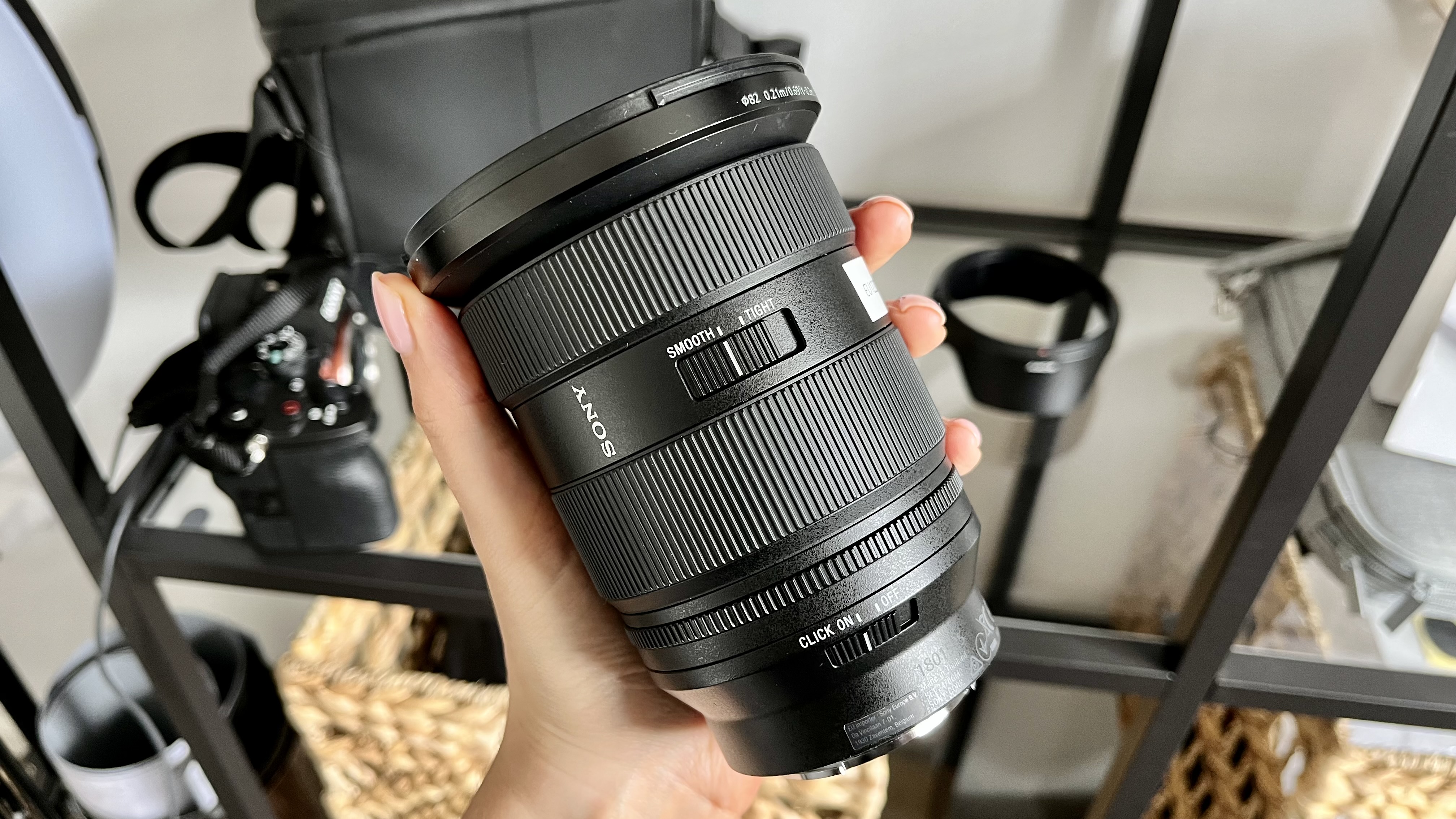
Sony FE 24-70mm f/2.8 GM II: Performance
- Beautiful bokeh and color
- Impressive autofocus and tracking accuracy
- Produced sharp images, though we did see some chromatic aberration in high contrast
Thanks in part to an additional two diaphragm blades (it now has 11), this lens produces beautiful bokeh, even at different apertures. We tested it out and thought the bokeh was decent up to around f/7.1, but the wider apertures of f/2.8 are where it really shines. It was lovely and circular at f/2.8, but as we started to increase the aperture we did start to notice some edges, making it appear more hendecagonal from around f/6.3, although not majorly noticeable unless you zoom right in.
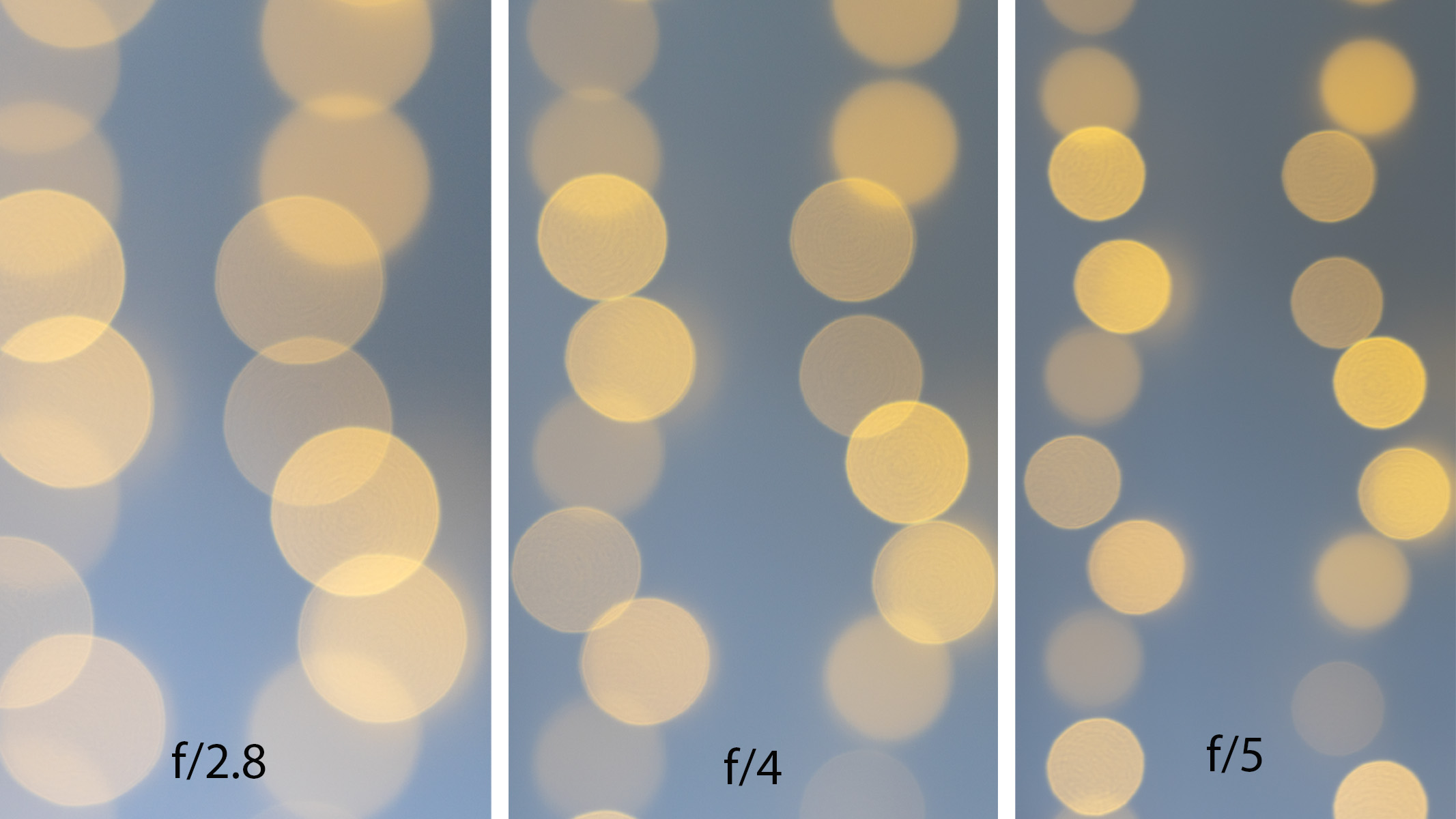
Overall, we were really impressed with the tracking speed and autofocus this lens is capable of. We paired it with the incredible AI-powered autofocus on the Sony A7R V to take some images of cats, and in good light, it effortlessly tracked their eyes across the frame and even tracked where it thought the eyes would be when they turned their faces away from the camera. It also kept great tracking of the eyes in low light when up close, but when we tested it indoors from further away zoomed all the way in at 70mm with two cats in the frame, it didn't quite know what to do and we couldn't get it to track either cat at all.
Breaking space news, the latest updates on rocket launches, skywatching events and more!

With regard to color accuracy, we thought it performed brilliantly. We took some images of different colored crystals and it captured their color pretty much exactly how we perceived them in real life without needing to perform any post-processing on them. Even when we shot some colorful boats on an overcast day, the color was clear, vibrant and true to life.
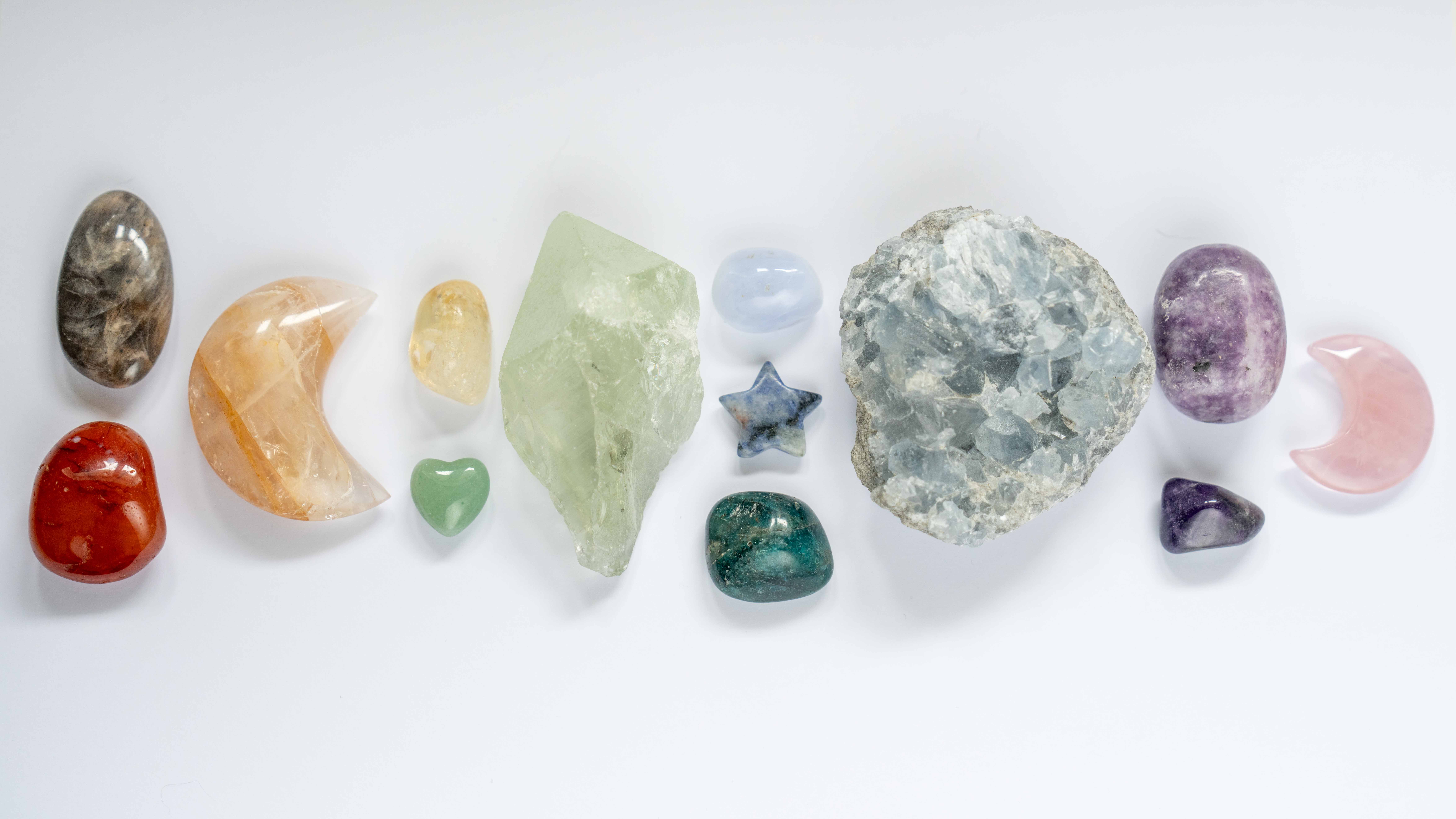

In terms of chromatic aberration, we only noticed this when shooting very high-contrast images — like the image shown below. There's a slight amount of purple color fringing around the trees, however, it's nothing that can't be fixed in one of the best photo editing apps, and we don't think there's a lens out there that wouldn't struggle in these instances, so we can give it a pass on this one.

Sony FE 24-70mm f/2.8 GM II: Functionality

- Constant, fast f/2.8 aperture
- No image stabilization
- 24mm is usable for astrophotography but we'd prefer wider
The constant f/2.8 aperture of this lens meant we could get bright, detailed shots in any situation, even when shooting in low light. We wouldn't necessarily consider it to be one of the best lenses for astrophotography due to the widest focal length being 24mm. That said, it performed well enough for casual astro shooting, although for anything more than the occasional bit of astro we'd really recommend a prime lens with a wider focal length and aperture, like the Sony FE 14mm f/1.8 GM, or even a wide-angle zoom, like the Sony FE 12-24mm f/2.8 G. At 24mm we had to keep the shutter speed below 13 seconds to avoid star trailing, and with a wider lens you'll be able to increase that to up to 20 or 25 seconds.
If we're pixel peeping (and nit-picking), we did notice a tiny amount of coma towards the edges of the frame on an astro shot, but, realistically, it's only the tiniest amount, and it's not going to be noticeable unless you zoom right in.

For such an expensive lens, we would have liked it to have image stabilization. But, if you're pairing it with one of the best mirrorless cameras, then chances are there's going to be some kind of in-body image stabilization that you can rely on instead. However, if you're using it with an older camera, or with a crop sensor, then the lack of image stabilization may be more of an issue. That said, when we paired it with the 8-axis in-body image stabilization of the camera, we were able to shoot handheld in low light at 1/3 of a second, giving us clear, bright and detailed results.
We also found that there wasn't any sign of barreling or distortion at any focal length — we tested this at 24mm, 35mm, 50mm and 70mm and couldn't see any at all — impressive! It also now has a minimum focusing distance of 0.21m (vs 0.38m on the original version), and a higher magnification of 0.32x, as opposed to 0.24x on the older model.
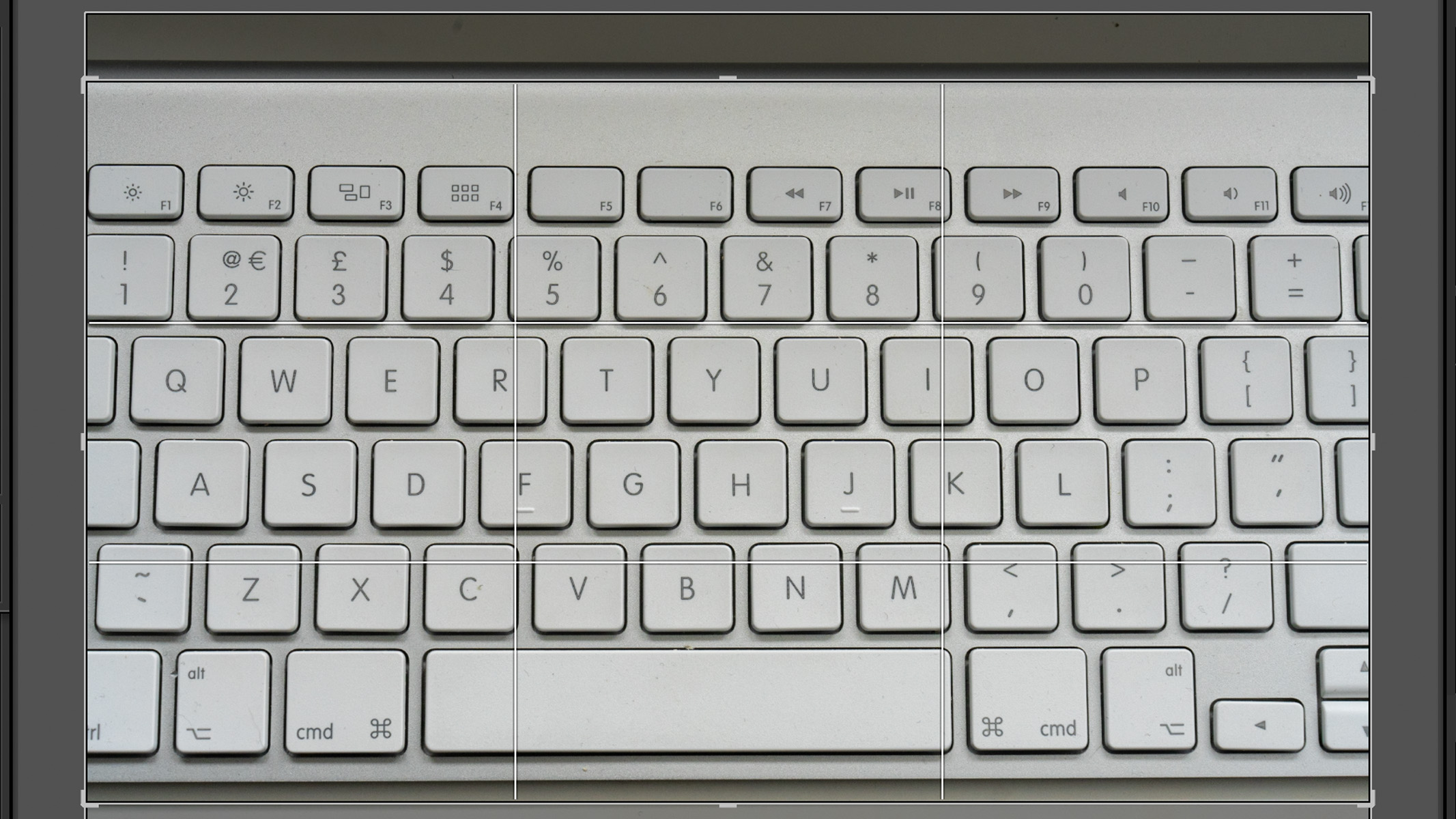
Should you buy the Sony FE 24-70mm f/2.8 GM II?
If you're looking for a fantastic all-rounder lens that produces sharp, clear images, is lightweight and easily portable, and is capable of a multitude of different photographic styles, then you really cannot go wrong with this lens. We can't deny that it's pricey, but for the quality it produces and the amount it can do, we think it's worth the money and it's a lens you'll get a lot of use out of and will likely keep for a very long time.
The only users we wouldn't necessarily recommend it for is anyone on a budget, or if you're heavily invested in a particular style of photography that utilizes either really wide or long focal lengths (for example, astrophotography or wildlife). That said, it's still a great all-rounder to have in your kit bag.
If the Sony FE 24-70mm f/2.8 GM II isn't for you
If you can't quite justify spending almost $2300 on this lens, why not consider Sigma's 24-70mm f/2.8 DG DN Art lens? It's around $1600 and still a fantastic quality lens and definitely holds its own when compared to the Sony, although the trade-off is that this lens is heavier — it weighs 1.83 lbs (830g). It's not a major weight increase, but still, it's something to take note of if you want something lightweight.
If you still want to stick with a native Sony lens, you could always go for the original version of the 24-70mm f/2.8 GM. It's now just under $2000 and although the updated version has had a facelift and a bunch of upgrades, we can't deny that the original version is still a great lens.
If, however, you shoot a lot of astro and think the 24mm won't quite cut it, but you still want a zoom lens, try the Sony FE 16-35mm f/2.8 GM. It won't give you the same wide aperture that a prime lens will, but f/2.8 is certainly sufficient, and the 16mm focal length is better suited for astrophotography while still giving you the freedom up to 35mm to shoot other styles of photography.

Kimberley Lane is a landscape & seascape photographer living in South Wales. Originally using photography as a way to cope with health issues, she aims to portray a feeling of calm and peace through her images. Her work has been featured in a number of national photography magazines.
